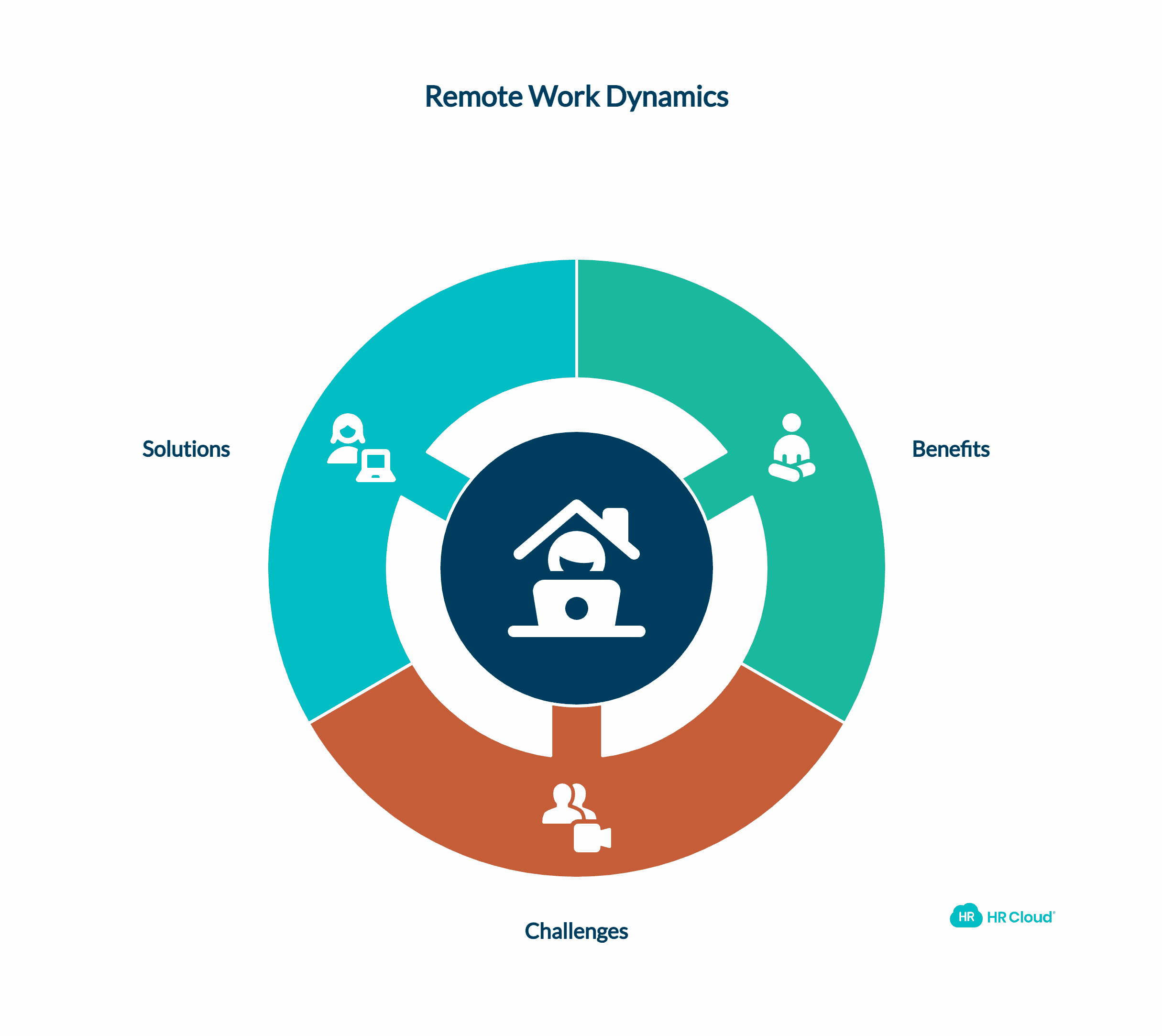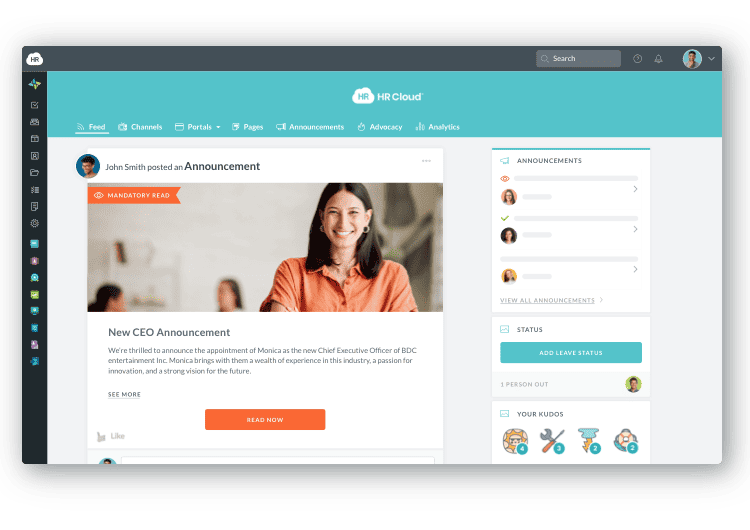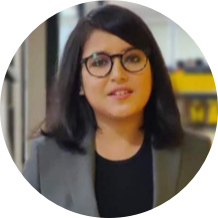Best Practices for Effective Remote Working



 Cut onboarding time
by 60%—here's the
Ultimate Checklist
that helped do it.
Cut onboarding time
by 60%—here's the
Ultimate Checklist
that helped do it.

As the world continues to adapt to new challenges, work is shifting gears once again. In many industries, working from home (WFH) has become the norm. It's a smart way for companies to limit exposure to health risks and keep employees safer while maintaining productivity in a remote work environment.
Working from home is not a new concept. Most of us, especially those in the tech industry, have worked from home occasionally, but it is uncharted territory when the entire company consists of employees working remotely. This poses several challenges and opportunities - and there is a lot to determine in setting up the right systems for company-wide remote employee scenarios.
A New Set of Challenges and Opportunities
Working remotely has its benefits - it allows people to focus on individual deliverables and often provides the time and space for remote employees to concentrate on difficult or intense tasks. Modern open-office layouts have stripped workers of quiet spaces, and working from home can be a refreshing break from the buzz of the workplace.
However, managing remote workers makes many things more challenging, especially communications. Remote teams often miss out when it comes to the critical conversations and relationship building that are so important to team cohesion. While video conferencing and collaboration technology do bring teams together, remote work makes it harder to read body language, hear what people are saying, read in-room dynamics, ask follow-up or side questions, or drop by and quickly sync with a coworker at their desk. It is even more difficult to conduct a brainstorming session when everyone is logged in via video.
The good news is that most remote employees save a significant amount of time by not commuting. Some people now may use the time they would normally spend commuting to talk and message with their colleagues more, which could overcome communications challenges and improve remote employee engagement.
Below are some of the best practices for remote working, segmented into company-level, team-level, and individual-level tips. These suggestions may work best for startups, but there should be some things that work for departments in a larger organization as well.
Best Practices for the Company
-
Keep the same goals as you normally would, but provide more clarity. Customers must remain top priority - we don't have the option to be less aggressive on achieving our business goals, just because we're working remotely. Since remote employees have a harder time dropping in to clarify things, each level of leadership should take extra effort to make sure their teams have a clear understanding of expectations.
-
Ensure you have critical coverage for the most important areas of business at all times. Working remotely gives people the flexibility to walk the dog or take lunch whenever they want. This can lead to gaps in coverage if people don't coordinate schedules - this is especially important in mission-critical areas of the business.
-
When managing remote workers is uncharted territory, remote managers need extra tools and training. For example, consider using employee engagement software to help monitor the level of communications across teams, review velocity, and help in other ways.
-
Executive office hours are important - especially when there isn't a physical office. Make sure executives and teams hold a time on their schedule when they're available to answer questions from any remote employee in the company.
-
Maintain transparency - establish a communications channel visible to the whole company where key initiative leaders can submit weekly status reports and get feedback from executives. This will help ensure everyone is up to speed and promote remote employee engagement.


Best Practices for Teams
-
Continue to host meetings as if you were in the office. This is an important factor in maintaining a productive cadence for remote employees. Schedule and budget your time around meetings. Delaying or canceling meetings will not only impact the way a team spends time but also deadlines and workback plans.
-
Use team channels on Slack, Hangouts, WhatsApp, or whatever tools your company uses as much as possible for remote team communication. Avoid small group chats and one-on-one threads unless it's a confidential or personal conversation. This way, everyone can benefit from the dialogue and have access to a fuller context for their work. Don't worry too much about message overloading. In a remote working environment, making sure people are sharing enough information is more important than word economy.
-
Establish standard routines for engaging remote employees. Start the day with a 9 am standup meeting over Slack or Zoom. Some have found the Slack standup app helpful for tracking progress. When people can't make these "meetings," have team members post their daily top three priorities in the team channel.
-
Start a team-wide Zoom session throughout the day for those who are not bandwidth-constrained so that remote employees can talk to each other easily. People should feel free to leave the session for other meetings.
-
Do not forget about fun and virtual team building. Relationship building is such an important piece in our professional life. Since we cannot have happy hour or hallway jokes and laughter anymore, we need to be more creative with employee engagement activities. Try to find something suitable for your team, such as personal storytelling or watching funny YouTube clips together during lunch time as part of your employee engagement strategies
Best Practices for Individuals
-
Effectiveness is tied to having the right tools and using them the right way. Install commonly used apps on both your laptop and phone so that you can join remote meetings from your phone when the NordVPN on your laptop slows down your video conferencing. Add phone numbers to Slack profiles or email footers so people can reach you for quick answers if needed. A short phone call is not an excessive interruption and can replace the quick in-person drop-by conversations you would normally have at someone's desk.
-
Strictly follow your normal daily routine. Avoid delaying meetings with the hope you will meet in person at a later time.
-
Flag issues or slowdowns to your manager or function leader right away - not doing so may just compound delays for you and your team. When you flag an issue, you're benefiting the entire team and contributing to better remote engagement.
-
At the end of the day, ask yourself two questions: "Am I as productive remotely as I am in the office?" If not, figure out why and explore ways to improve.
-
"Are all critical communications done?" If not, finish up before you log off.
-
Step away for 10 minutes: Find time throughout the day to step away from your desk - stretch, get some exercise in, or grab a cup of coffee. Taking short breaks every couple of hours will help improve your productivity and focus as a remote employee.
By ensuring that efficiency and communications remain high at the company, team, and individual levels, remote employees can be as productive, if not more so, than traditional workforces. Implementing these best practices and employee engagement ideas will help create a thriving remote work environment and boost remote employee engagement.

Keep Reading
45 Boss Day Messages That Actually Mean Something (2026 Guide)
When is Boss Day 2026? Mark your calendar for October 16, 2026 — the annual opportunity
Birthday Wishes for Coworkers: 50+ Messages That Build Workplace Connection
A coworker's birthday isn't just another calendar date—it's a meaningful opportunity to
Embracing Diversity: Recognizing Different Cultures in the Workplace
Workplaces today reflect the incredible diversity of the world around us. People bring
Like What You Hear?
We'd love to chat with you more about how HR Cloud® can support your business's HR needs. Book Your Free Demo

Build a Culture of Recognition. Boost Engagement. Guaranteed.
Workmates empowers employees to stay informed, connected, and appreciated—whether they’re on the front line, in the office, or remote. Recognition drives 12x higher engagement.Trusted by industry leaders in every sector




Cut Onboarding Costs by 60%.
Take the confusion and follow-ups out of onboarding with automated workflows, digital forms, and structured portals—so new hires ramp faster 3X quicker.Trusted by industry leaders in every sector




